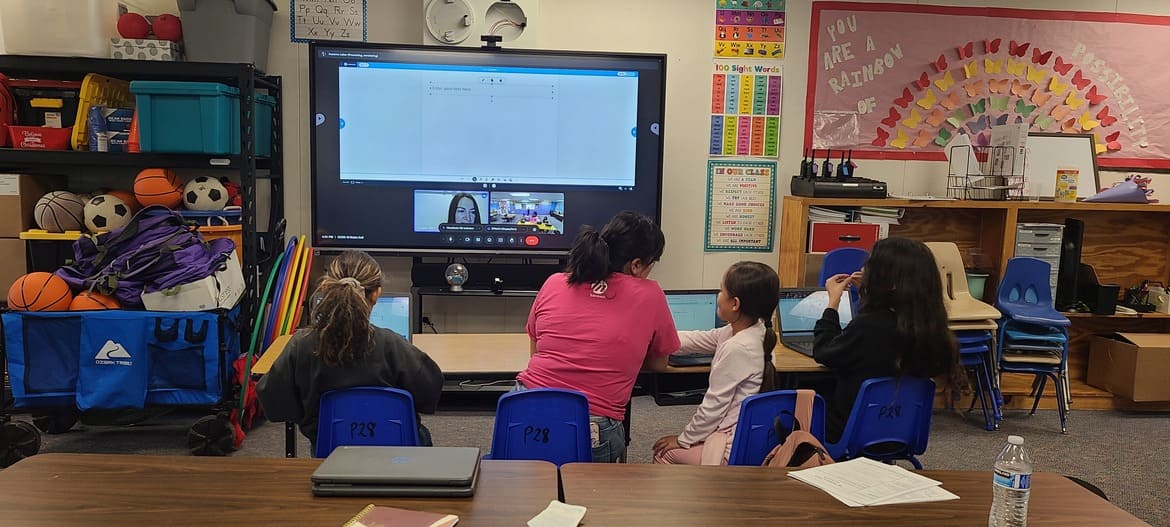
What Every Parent and Educator Should Know
Reading is the gateway to lifelong learning and academic success, yet far too many children in the United States are not reading at grade level. Recent national assessments show persistent gaps, especially among the most vulnerable students. To address this, educators and researchers have turned to the Science of Reading-a comprehensive body of research that reveals how children learn to read and which instructional methods are most effective.
What Is the Science of Reading?
The Science of Reading is not a single program or philosophy, but the result of decades of interdisciplinary research in cognitive psychology, linguistics, neuroscience, and education. This research has identified the essential skills and instructional practices that enable all children-including those with learning challenges and English learners-to become proficient readers.
The Five Pillars of Effective Reading Instruction
Central to the Science of Reading are the five pillars identified by the National Reading Panel, which form the foundation of Talentnook’s Elements of Reading program:
- Phonemic Awareness: The ability to hear, identify, and manipulate individual sounds in spoken words.
- Phonics: Understanding the relationship between letters and sounds to decode words.
- Fluency: Reading with speed, accuracy, and proper expression.
- Vocabulary: Knowing the meaning of a wide variety of words and how to use them.
- Comprehension: The ability to understand and interpret what is read.
These pillars are not isolated skills-they interact and reinforce each other, as described in frameworks like Scarborough’s Reading Rope and the Simple View of Reading56. Explicit, systematic instruction in each area is proven to help students of all backgrounds achieve reading success.
How Talentnook’s Elements of Reading Program Applies the Science
Talentnook’s Elements of Reading program is tightly aligned with the Science of Reading and built on these five pillars. Here’s how the program puts research into practice:
- Systematic, Explicit Instruction: Lessons are carefully sequenced to build skills step by step, ensuring students master foundational concepts before moving on.
- Personalized, Adaptive Support: The program begins with assessments to identify each student’s needs, then tailors instruction-whether in 1:1 or small group settings-to close gaps and accelerate growth.
- Multi-Sensory Approach: Inspired by proven methods like Orton-Gillingham and Wilson, Talentnook uses visual, auditory, and kinesthetic activities to engage diverse learners and reinforce learning.
- Progress Monitoring: Regular data-driven assessments track student growth, allowing for timely intervention and adjustment of instruction.
- Affordability and Accessibility: Talentnook is committed to making high-quality, research-based reading intervention accessible to all families and schools, addressing a major barrier in literacy support.
Why a Science-Based Approach Leads to Better Outcomes
Instruction rooted in the Science of Reading is effective because it is:
- Evidence-Based: Every strategy is backed by rigorous research, not just tradition or intuition.
- Inclusive: It works for all learners, including those with dyslexia, learning challenges, or who are learning English as a new language.
- Proven to Close Gaps: Students taught with these methods make greater gains in reading proficiency, as measured by standardized assessments and classroom performance.
Conclusion: Empowering Every Reader
The Science of Reading provides a clear roadmap for helping every child become a confident, skilled reader. By grounding its Elements of Reading program in this research, Talentnook ensures that students receive the most effective, personalized instruction available-empowering them to succeed in school and beyond.
Every parent and educator should know: When it comes to reading, evidence matters. With the right approach, every child can unlock the power and joy of literacy.